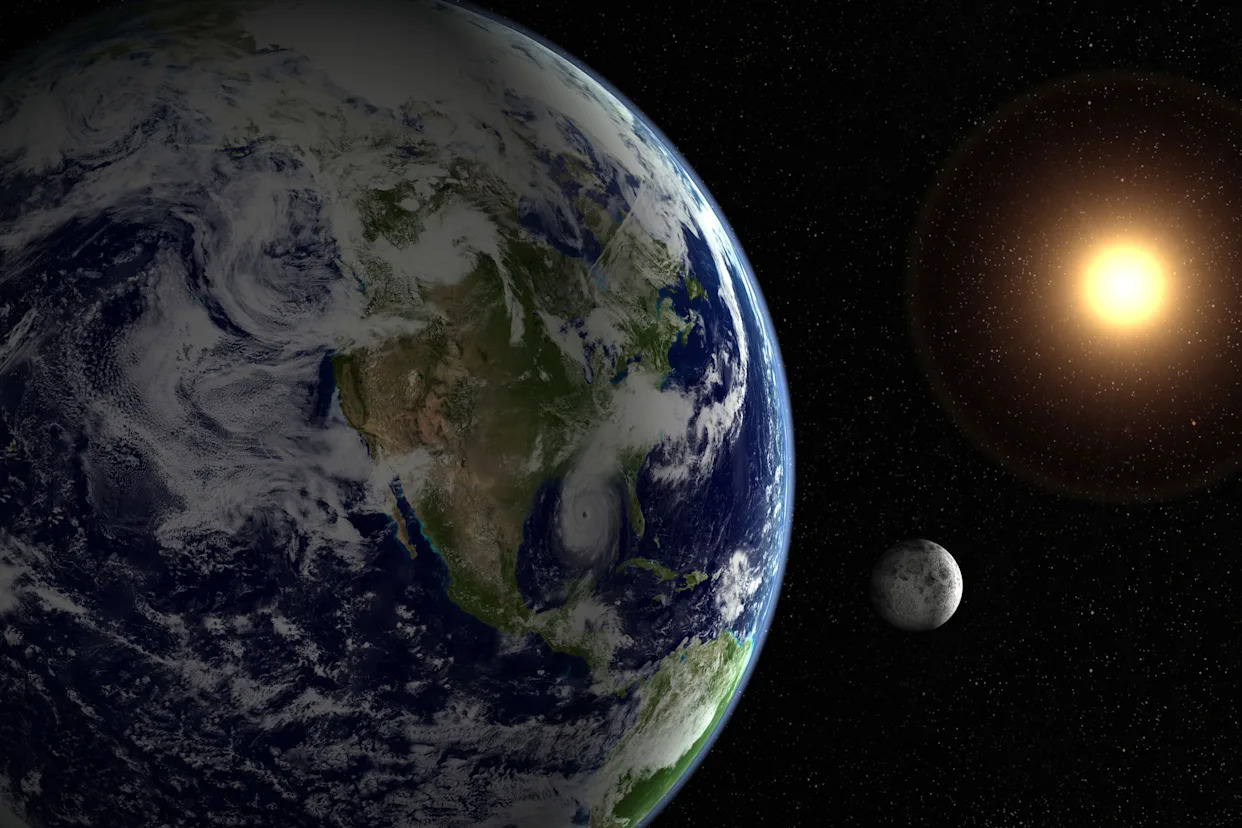Planet Earth is experiencing a notable increase in its rotation speed, leading to one of the shortest days of the year. On three specific dates this summer—July 9, July 22, and August 5—the planet will complete its full rotation in less time than the standard 24 hours. The reduction amounts to mere milliseconds, so subtle that it will go unnoticed by most.
The Earth typically takes 86,400 seconds to finish a complete rotation. However, day-to-day fluctuations can result in variations of a millisecond or two. The moon’s position plays a significant role in these changes, with the planet spinning faster when the moon is at its farthest points from the equator. According to TimeandDate.com, “Our planet spins quicker when the moon’s position is far to the north or south of Earth’s equator.”
Factors Influencing Earth’s Rotation
Various natural phenomena affect the Earth’s rotational speed. Events such as earthquakes, volcanic activity, tidal forces, and changes in subterranean geology can either speed up or slow down the planet’s rotation. For instance, the 8.9 magnitude earthquake that struck Japan in 2011 resulted in a slight acceleration of Earth’s rotation, shortening the standard day by 1.8 microseconds (0.0018 milliseconds).
These tiny variations in Earth’s spin have been tracked since the 1950s using atomic clocks. The term “length of day” (LOD) refers to any deviation from the standard 86,400 seconds. The shortest day on record occurred on July 5, 2024, when Earth completed its rotation 1.66 milliseconds faster than usual.
The Significance of the Shortest Days
The upcoming days of shorter duration are a result of the moon’s position, which will be at its furthest distance from the equator. The specific lengths of these days on July 9, July 22, and August 5 will reflect this minuscule increase in spin speed.
While these days may be shorter in the technical sense, they do not correspond with the concept of the shortest day of the year as experienced in the Northern Hemisphere. That distinction belongs to the winter solstice in mid-December, when the Earth is tilted away from the sun, resulting in the least amount of daylight.
As scientists continue to study Earth’s rotation, they note that the length of a day is gradually increasing. During the Jurassic Period, it is believed that a complete rotation took just 23 hours. Currently, researchers estimate that the length of a day increases by approximately 1.7 milliseconds each century. If this trend continues, experts project that in 200 million years, a full day on Earth could extend to 25 hours.
The exploration of Earth’s rotation offers insights not only into our planet’s mechanics but also into the broader dynamics of celestial bodies. As we observe these subtle changes, it becomes clear that even the most stable aspects of our world are in a constant state of flux.





































































